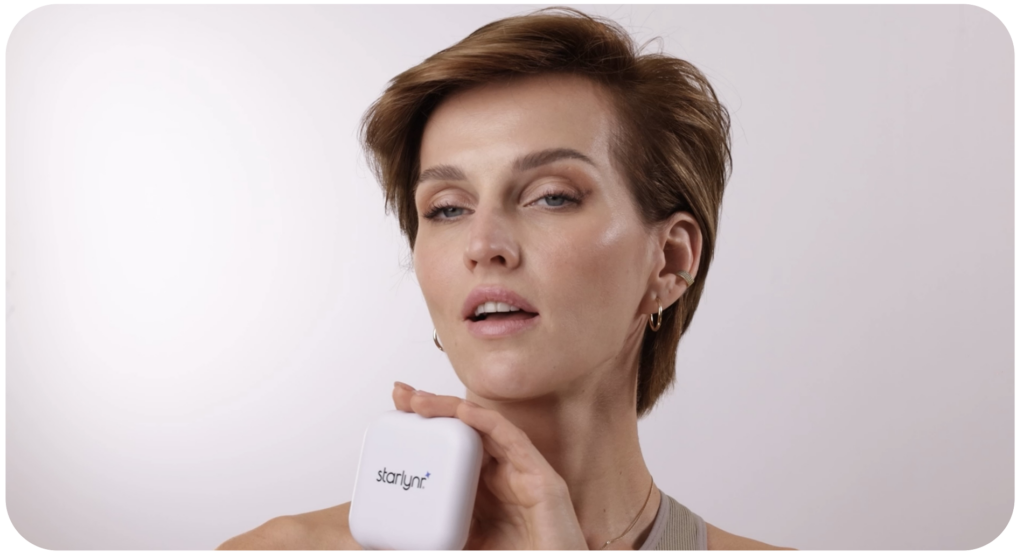
Let me guess – You’re a dentist, orthodontist, or dental practitioner, interested in providing your patients with clear aligners, but not sure how to go about it?
Anything new can always be scary at first, but don’t worry!
Treatments with. clear aligners are currently skyrocketing with lots of potential still ahead.
Let this article guide you to successfully take advantage of the growing clear aligner market and sell clear aligners to your patients like a pro!
Step #1: Don’t act like a salesperson
Remember: We are doctors offering solutions for oral diseases. Keep in mind the patient’s main goal, which is to solve the dental malocclusion Remember: Patients don’t want to buy an “orthodontic appliance”. They just want to have a beautiful smile. Therefore, you should focus on their dental problems at first. After that, you can explain the orthodontic movements and talk about the patient’s oral health details like tooth position, gingival recessions, and others, rather than talking too much about the aligner, plastic, or other orthodontic appliance features.
Wait to talk about the orthodontic aligner later. Now is the time to listen carefully to what your patient wants and make proper considerations about it.
Step #2: Make the patient feel unique and human
It is scientifically proven that emotions are fundamental in choice and decision. For this reason, in the first 20-30 minutes of the first appointment, ask and comment gently about personal matters and specific dental issues, so your patient can realize that you are not treating him as “just one more patient.” It is very productive when the patient realizes that you recognize which dental issues are the most worrying and bother them (that’s why it’s important to ask more and talk less).
Step #3: Demonstrate competence
The patient needs to feel safe choosing someone to treat their smile and using the aligner you offer. To do this, you must show treated cases before and after to clarify the result you are offering and to demonstrate that you know what you’re talking about. There is no need to show clinical cases precisely like or similar to your patient’s malocclusion It is enough if you demonstrate some orthodontic clinical cases (4 or 5) of smiles and faces1 that make tangible the result of the treatment to create some motivation and vision of the success that a beautiful smile can bring to life.
Step #4: Explain why: Be rational
This step is essential, and you should spend at least 5 minutes on this topic start with why the importance of giving your client a good reason to make that decision now – and not later. First, the patient must understand, in general terms, the objectives of any orthodontic treatment, that is, to get as close as possible to the normal occlusion. For this, I usually show a single slide with photos of the ideal occlusion and explain the importance of masticatory occlusal balance for the preservation of the structure of the teeth. Afterward, I show one or two slides with photographs of worn, cracked, fractured teeth . Next, I emphasize the “biological cost” of not making the treatment: the damage and loss of enamel, gum, and bone, which occur over time due to occlusal trauma related to dental malocclusions.
Step #5: Show the clear aligner, emphasize benefits and reinforce the science behind it
Only after following up the steps above and after having carried out the clinical examination, photographs, and scanning, that you should talk about the aligner, highlighting the benefits of the product (comfort, aesthetics, technology, science) and also emphasizing that it is indicated to correct a lot of kinds of malocclusions, as exactly like the one your patient has.
Be aware of the most common objections to using the aligner as an orthodontic appliance:
- “Does it work?” Yes it does! To fully convince the patient, it is generally helpful not only to show case studies, but also explain the logic behind aligner material
- “Will I remember to wear the aligner all the time?” To solve this objection, highlight for the patient the practicality, comfort, and easy adaptation of the aligners to the routine of numerous patients.
Carefully observe your patient’s reactions and body language as you discuss all subjects. Surely you will notice if he is feeling confident, comfortable, or not. Encourage the patient to speak about his thoughts if you notice any discomfort.

Step #6: Promote a fantastic experience: Use emotion.
Customer experience has been widely highlighted as the most relevant strategy for winning new customers. In dentistry, the emotional factor is essential since, deep down, nobody likes going to the dentist. Therefore, your patient must have an experience above his expectations in every moment he is inside your office. You should positively stimulate the six senses: have soft and fresh aromas in the rooms, keep playing elegant lounge background music, allow your patient to touch the orthodontic aligner, and keep you and your team elegantly dressed with your practice branding. Finally, don’t forget the sixth sense: the mood. Create a charismatic atmosphere, cheerful and pleasant, and make sure your entire team is acting the same way (at least most of the time).
Keep in mind that the world of clear aligner is just beginning, and the sooner you jump into this market, the better positioned you will be for years to come.
From the following year, the orthodontic clear aligner market will grow approximately 25% annually and reach USD 34.89 Billion in 2034.
Your next 100 aligner patients are waiting for you to come soon so

